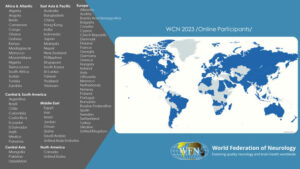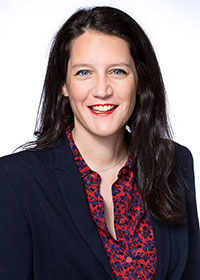Workshops discussed clinical use of transcranial Doppler ultrasonography for patients with different diseases, including its application for wartime traumatic brain injury.
By Kateryna Potapova, Larisa Sokolova, Dmitro Andreichenko, Svetlana Dudukina, and Alex Razumovsky
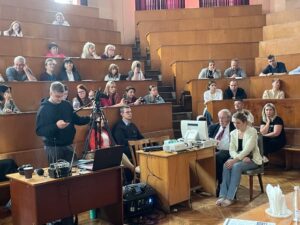 The Neurosonology Specialty Group (NSG) of the WFN is dedicated to the promotion of science and research as well of education and training in the field of ultrasonic techniques and its clinical utilization. Therefore, international cooperation and the dissemination of scientific information within the field of neurosonology is part of the NSG activities.
The Neurosonology Specialty Group (NSG) of the WFN is dedicated to the promotion of science and research as well of education and training in the field of ultrasonic techniques and its clinical utilization. Therefore, international cooperation and the dissemination of scientific information within the field of neurosonology is part of the NSG activities.
Since the start of the Russia-Ukraine conflict, it has become imperative and clear that Ukraine needs highly skilled and advanced medical training given the magnitude of civilian deaths and injuries.
Monitoring of the brain after acute injury is central to the practice of neurocritical care for patients with a wide range of disorders, including subarachnoid hemorrhage, traumatic brain injury (TBI), ischemic and hemorrhagic strokes, and infectious disease of the central nervous system as well as encephalopathy of various etiologies. The WFN NSG endorsed a transcranial Doppler (TCD) workshop program where there was a description of fundamentals of TCD and advantages relevant to the clinical utilization of TCD in the neurocritical care environment with emphasis on diagnosis and monitoring for cerebral vasospasm and intracranial hypertension in patients after wartime TBI.
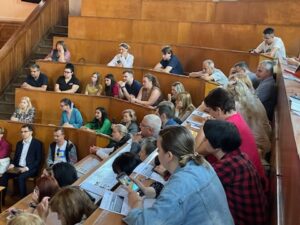 In mid-September 2023, NGO Razom Co-Pilot Project assisted in organizing medical training in Kyiv at the O.O. Bogomolets National Medical University. Specialists from the U.S. conducted a three-day workshop there on TCD diagnostics for doctors from all over Ukraine. In Kyiv, there were 72 attendees from six regions of Ukraine and Kyiv. Training was led by Dr. Alex Razumovsky (Specialty Care Consultant, President of TCD Global, Inc. and NSG WFN Advisory Board member) and Dr. Kenneth Green (Retired U.S. Navy commander, managing director of CounteRisk Technologies, Inc. and co-chair for Military Medicine and Veterans Affairs Subcommittee at the Society for Brain Mapping and Therapeutics).
In mid-September 2023, NGO Razom Co-Pilot Project assisted in organizing medical training in Kyiv at the O.O. Bogomolets National Medical University. Specialists from the U.S. conducted a three-day workshop there on TCD diagnostics for doctors from all over Ukraine. In Kyiv, there were 72 attendees from six regions of Ukraine and Kyiv. Training was led by Dr. Alex Razumovsky (Specialty Care Consultant, President of TCD Global, Inc. and NSG WFN Advisory Board member) and Dr. Kenneth Green (Retired U.S. Navy commander, managing director of CounteRisk Technologies, Inc. and co-chair for Military Medicine and Veterans Affairs Subcommittee at the Society for Brain Mapping and Therapeutics).
The high professionalism of the instructors provoked great interest among attendees; many practical questions were asked, to which the lecturers gave complete and comprehensive answers. Everyone was given the opportunity to conduct TCD studies independently, under the guidance of faculty. Most of the participants successfully answered test questions after the workshop and received continuing medical education certificates. In addition, as part of these efforts, a modern TCD instrument was donated by DWL company (Compumedics Germany GmbH/DWL USA, Inc) to the University’s Neurology Department in order to conduct detailed examination of cerebral vessels, which can detect strokes due to the thrombosis, stenosis, vasospasm and a host of other causes.
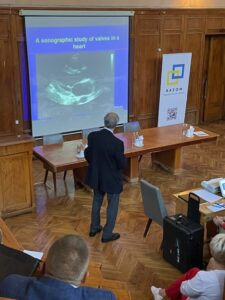 Further learning on TCD clinical utilization took place at I. I. Mechnikov Dnipropetrovsk Region Clinical Hospital in Dnipro where 15 neurologists, anesthesiologists, and ultrasound specialists also practiced their new diagnostic skills and already started performing TCD examinations for their patients. Today, Mechnikov Hospital in Dnipro is receiving a large number of military personnel with war-time TBI. Conducted workshop and TCD clinical utilization provided opportunity to doctors of the Mechnikov Hospital to improve diagnosis, prevent complications, and plan treatment management for patients in neurointensive care, endovascular center, and the neurosurgery department.
Further learning on TCD clinical utilization took place at I. I. Mechnikov Dnipropetrovsk Region Clinical Hospital in Dnipro where 15 neurologists, anesthesiologists, and ultrasound specialists also practiced their new diagnostic skills and already started performing TCD examinations for their patients. Today, Mechnikov Hospital in Dnipro is receiving a large number of military personnel with war-time TBI. Conducted workshop and TCD clinical utilization provided opportunity to doctors of the Mechnikov Hospital to improve diagnosis, prevent complications, and plan treatment management for patients in neurointensive care, endovascular center, and the neurosurgery department.
All participants expressed great gratitude to the faculty and organizers of the workshop during such a difficult period and expressed hope for further cooperation. •
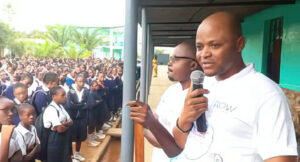 The ASLEK Epilepsy Association in the Democratic Republic of Congo (DRC) is the unique national non-profit organization in the DRC, working in the field of research, staff training, community education, and patient care in neurology in general and epileptology
The ASLEK Epilepsy Association in the Democratic Republic of Congo (DRC) is the unique national non-profit organization in the DRC, working in the field of research, staff training, community education, and patient care in neurology in general and epileptology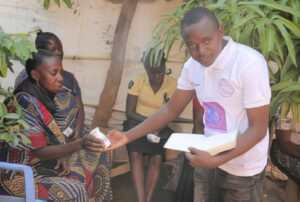 Epilepsy Education
Epilepsy Education
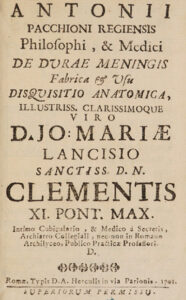
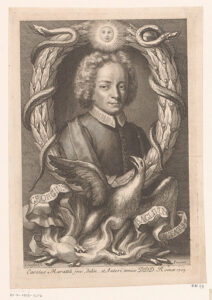
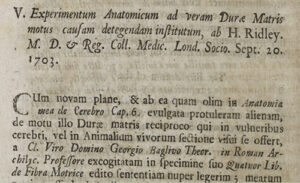

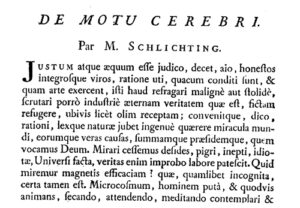
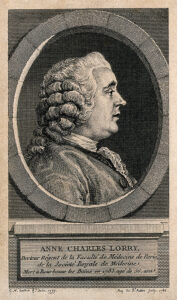
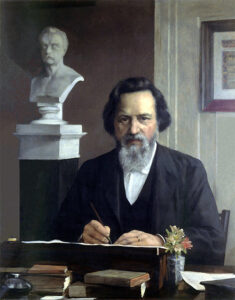


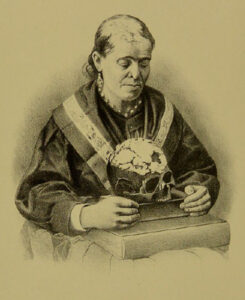
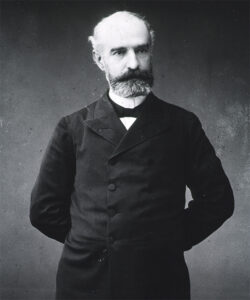


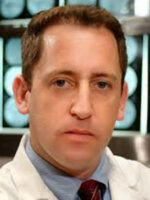
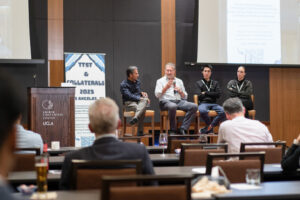
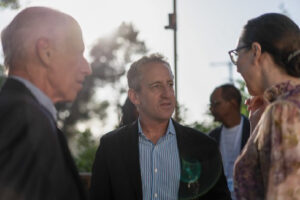


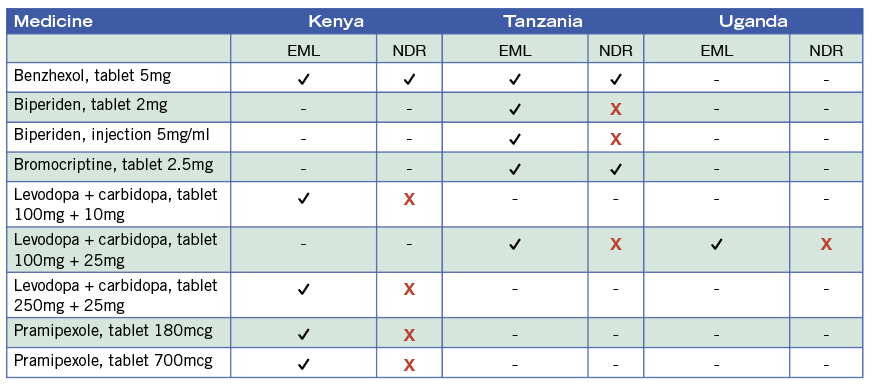
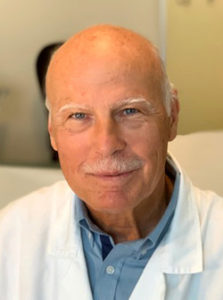
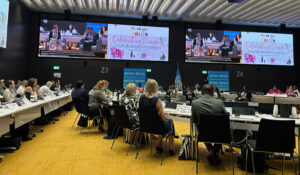
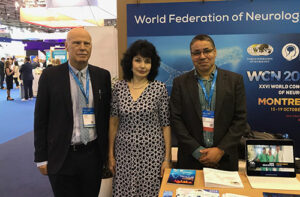 Montreal plays host to the WCN 2023 Oct. 15-19.
Montreal plays host to the WCN 2023 Oct. 15-19.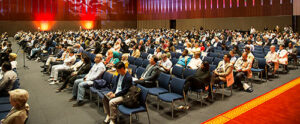 WCN 2023 will feature an impressive lineup of sessions that cater to the diverse interests and expertise of neurology professionals. Attendees can look forward to engaging in the following exciting and novel sessions:
WCN 2023 will feature an impressive lineup of sessions that cater to the diverse interests and expertise of neurology professionals. Attendees can look forward to engaging in the following exciting and novel sessions: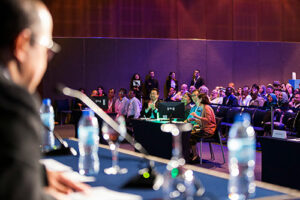 Tournament of the Minds
Tournament of the Minds